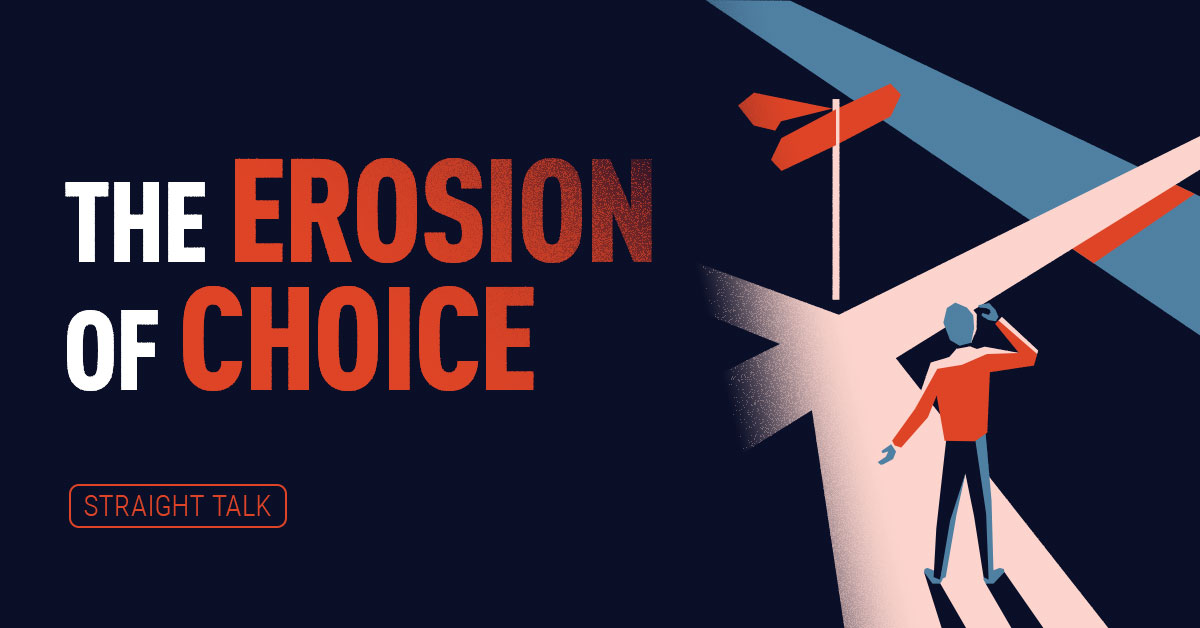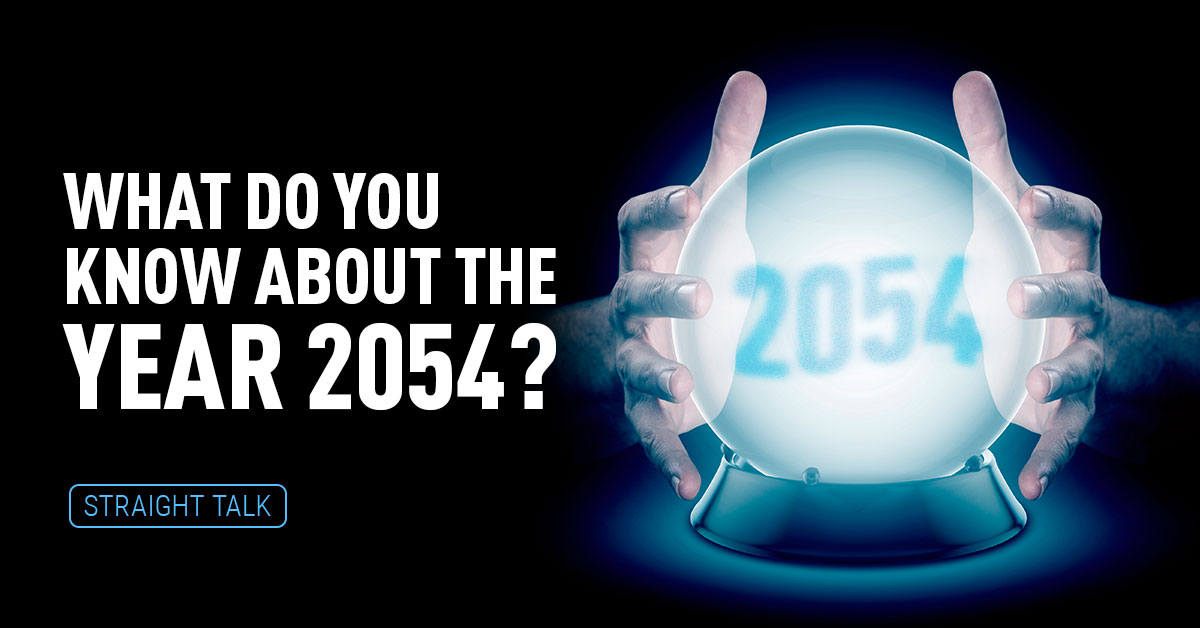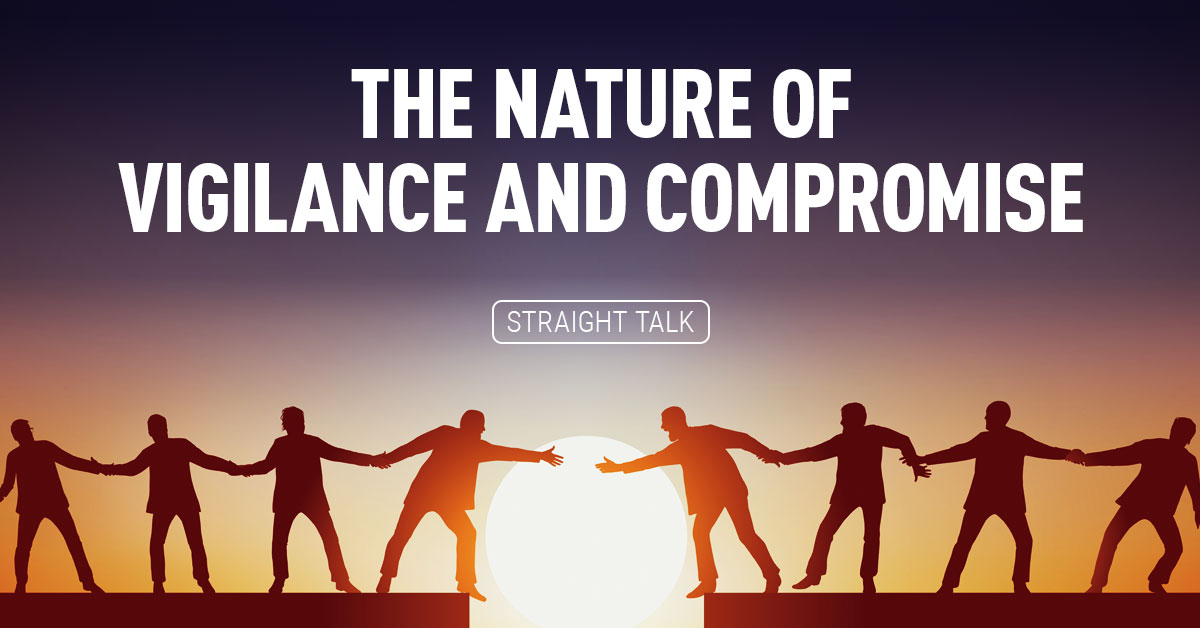Medicaid has expanded in Louisiana. In previous posts, we’ve talked a bit about what that means, but as enrollment has already eclipsed 250,000 people, this is a good time to review what is happening and what it means for our state.
For a very long time, hundreds of thousands of our friends and neighbors in Louisiana needed healthcare they couldn’t afford. And so they either put it off, ignored what was wrong with them or waited until they were in a dire crisis and showed up at an emergency room. Thanks to the efforts of our governor, the Louisiana Department of Health and thousands of hard-working healthcare workers around the state, a large new population of folks will now be included in a comprehensive health plan that will help them to get well.
First, the money.
Our current, pre-expansion Medicaid program had nearly 1.4 million Louisianians already enrolled in it. The state bears the cost, on average, for 38% of their healthcare costs, with the other 62% being paid by federal funding. Under the terms of the “new” expansion, people who fit into the new category of coverage (non-disabled adults under age 65 with incomes below 138% of the Federal Poverty Level) will be covered by federal and state funding on a schedule that is much more favorable to Louisiana. It’s like the Feds have put Medicaid “on sale!”
- In 2016, the Feds pay 100% of the Medical costs for the new population, and the state pays 0%.
- In 2017, it’s Feds 95%, Louisiana 5%.
- In 2018, the Feds pay 94% ,and Louisiana 6%.
- In 2019, it’s Feds 93%, Louisiana 7%.
- For all years 2020 and beyond, the Feds pay 90% and Louisiana pays 10%.
“…(H)ard-working, low-income folks who are struggling to afford their health insurance today, as well as their expensive medications, will find relief when they move to Medicaid, where premiums are essentially zero and appropriate medications have no, or very tiny, copayments.”
That 10% number is a far cry from the 38% we are already paying for our existing Medicaid population and, over time, some of the 1.4 million existing “38% percenters” will find their way legally into the new 10% pool. That’s real savings for our state’s already-strapped budget.
I like to think of it as an economic development plan for the healthcare sector, where the state is guaranteed a return of $9 for every $1 it invests. Too bad we can’t get that deal in other sectors of our economy!
Second, the coverage.
Medicaid is very comprehensive coverage. In the Louisiana expansion, there will be no barriers to maintaining coverage like premiums or cost sharing. Members will simply sign up and use healthcare as they need it. It remains to be seen if the existing networks of doctors and hospitals can handle all the new traffic, but odds are they will expand as necessary as these patients begin to show up.
In addition, hard-working, low-income folks who are struggling to afford their health insurance today, as well as their expensive medications, will find relief when they move to Medicaid, where premiums are essentially zero and appropriate medications have no, or very tiny, copayments. It will be a real lifesaver for many of them.
Things are a bit muddy right now, but when health plan open enrollment for 2017 rolls around on Nov. 1, 2016, and people start pre-qualifying for 2017 healthcare on www.healthcare.gov, many will find they are now Medicaid eligible. In our individual population alone, we estimate some 25,000 people will (or already have) become Medicaid eligible. Managing that transition and making sure these folks get appropriate continuity in their care is our top priority for the next six months or so.
“The important thing is finding the right coverage that fits the needs of the person ailing, and Medicaid is an important part of that equation.”
People who are being offered insurance at work but fall into this new income category (<138% of FPL) will find themselves with new choices, like accepting an employer’s offer of coverage, or moving into Medicaid. Often, employer coverage will have premium contributions and higher deductibles that low-income folks cannot afford. This will make Medicaid a much better choice for them.
It will be critical, however, that folks are aware of which doctors will accept Medicaid before they switch. It may be worth it to hang on to private coverage if it gives them access to medical providers they want to use for a variety of conditions. If you find yourself in this position, make sure the doctors and specialists you use are Medicaid providers before you change from private to Medicaid insurance. And make sure you are talking to your Human Resources professionals to understand your rights under your employer’s plan.
Lots of working folks will be Medicaid eligible. For example, a person working 35 hours a week at $9.00/hour (or less) will be Medicaid eligible as a single. A single mom with three kids could make up to $34,000 a year and still be Medicaid eligible. In most states, many more people than expected turned out to be eligible for Medicaid, so we need to be ready as well to assist folks in gaining the most appropriate coverage for them. It’s a pretty big transition.
Imagine a person with rheumatoid arthritis who is receiving an anti-inflammatory specialty drug a couple of times per month. These treatments are amazing, miracle cures even! But the prices have skyrocketed, from around $24,000 per year just a few years ago, to approaching $50,000 a year now. Even with good private insurance, co-payments can still run $150 a couple of times per month.
But that same patient on Medicaid would bear none of the cost, be able to afford these meds that actually allow them to move around and perhaps even keep working. The important thing is finding the right coverage that fits the needs of the person ailing, and Medicaid is an important part of that equation. There are plenty of other health conditions (HIV, Hepatitis C, kidney disease) that fit this same mold.
So important and exciting times! With 250,000 new enrollees already, I’m not going to be surprised to see that number eclipse 500,000 people by the end of 2017. Many, many of them will be getting appropriate healthcare for the first time in their lives. Better health, and lives, for our friends and neighbors here in Louisiana.





Leave a Reply